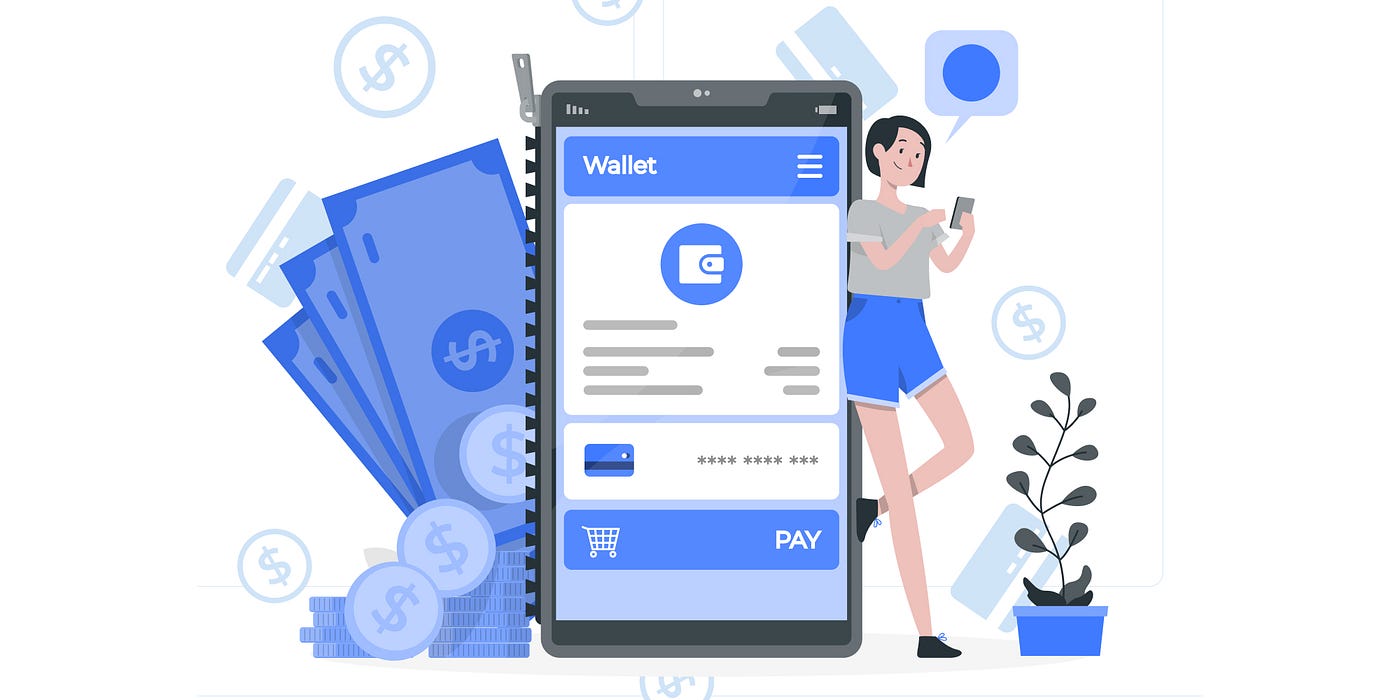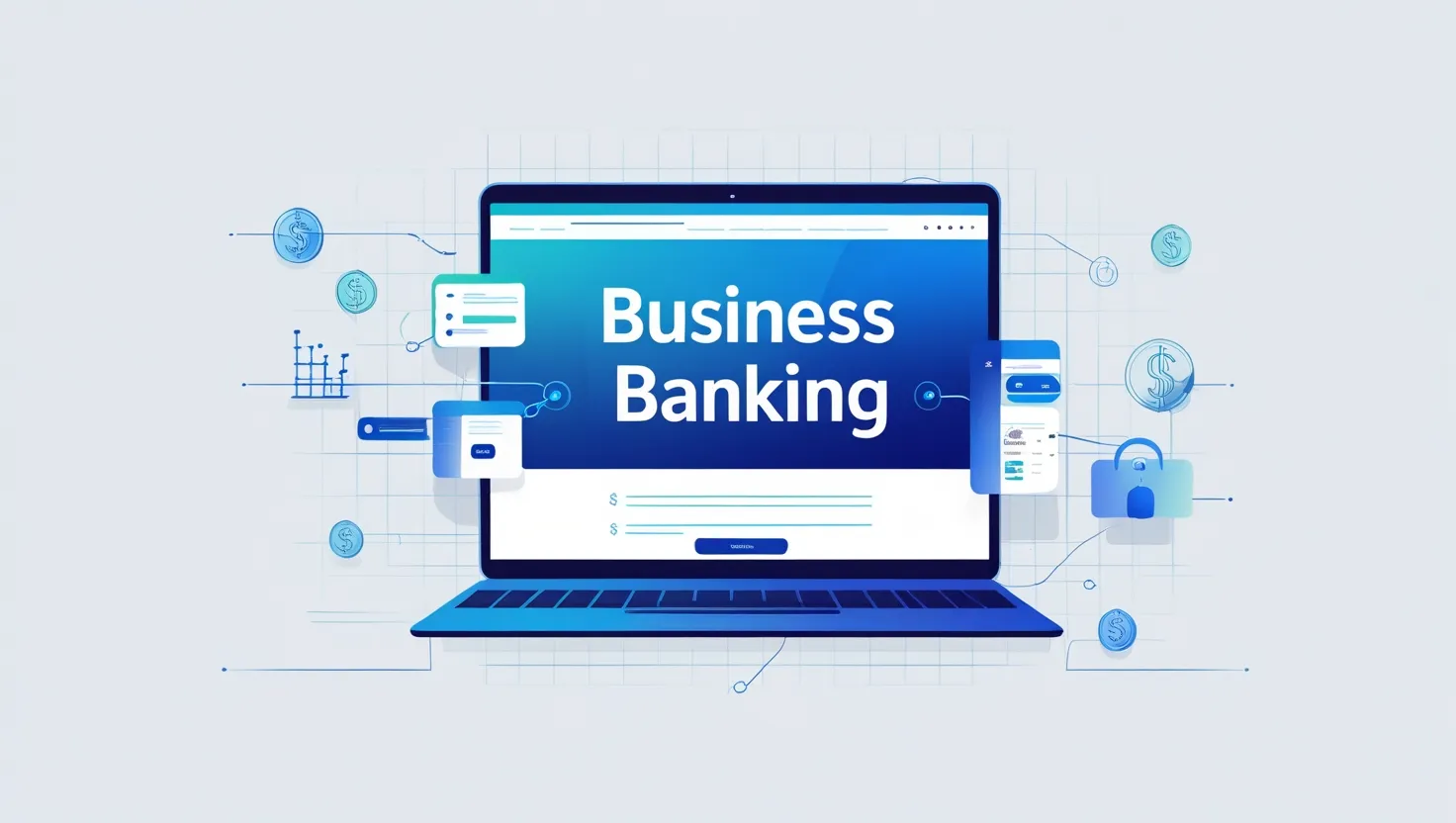How to Open a Business Banking Account Online: A Step-by-Step Guide-Opening a Business Banking Account Online is a smart move for any entrepreneur looking to manage their finances more efficiently. The digital age has made it easier than ever to handle banking tasks without having to step foot inside a physical branch. Whether you’re a freelancer, small business owner, or running a large enterprise, online business banking can save you time and money. Here’s a detailed step-by-step guide on how to open a Business Banking Account Online in 2025.
Why Choose a Business Banking Account Online?
Before diving into the process, it’s important to understand why many business owners are choosing to open a Business Banking Account Online rather than sticking with traditional brick-and-mortar banks. Online accounts typically offer lower fees, flexible access, and more convenient features like integrated invoicing and accounting tools. They also provide 24/7 accessibility, meaning you can manage your business’s finances at any time of day or night.
Step 1: Determine the Type of Business Banking Account Online You Need

The first step in opening a Business Banking Account Online is determining the type of account your business requires. There are various types of business accounts, each designed to serve specific needs. Here are some common types:
- Checking Accounts: This is the most basic type of account for handling everyday business transactions such as payments, deposits, and transfers.
- Savings Accounts: If your business plans to save money for future projects or emergencies, a high-yield business savings account could be the right choice.
- Merchant Accounts: If you plan to accept payments through credit or debit cards, you’ll need a merchant account with online payment processing capabilities.
Consider your business’s financial habits and needs before selecting an account type.
Step 2: Gather Required Documentation
Once you’ve decided on the type of Business Banking Account Online, you’ll need to gather the necessary documentation. While the exact documents may vary depending on the bank and the type of account, the following are commonly required:
- Employer Identification Number (EIN): This is the business’s tax ID number. It’s required for tax reporting and can be obtained through the IRS.
- Business License: A copy of your business’s official license to operate, particularly if you’re in a regulated industry.
- Personal Identification: Valid government-issued identification such as a passport or driver’s license for the business owner or owners.
- Operating Agreement: For LLCs or partnerships, you may need to submit your operating agreement outlining the business’s management structure and ownership.
- Proof of Address: A utility bill or lease agreement that shows your business’s physical address.
Having all of these documents ready will streamline the application process and prevent delays. (Read More: Top 5 Business Banking Accounts Near Me for Small Businesses in 2024)
Step 3: Research and Compare Online Business Banking Options

The next step in the process is to research and compare different online business banking options. Different banks offer various features, fees, and benefits, so it’s essential to choose the one that aligns with your business’s needs. Here are some factors to consider when evaluating a Business Banking Account Online:
- Fees: Look for an account with low or no monthly fees, and check for any hidden fees related to transactions, ATM withdrawals, or wire transfers.
- Transaction Limits: Some online business accounts may have limits on how many transactions you can make per month, so make sure the account suits your expected transaction volume.
- Integration with Accounting Software: If you use accounting software like QuickBooks, make sure the online bank supports integration to simplify your bookkeeping.
- Customer Support: Ensure the bank provides quality customer support, including chat, phone, or email assistance, especially if you encounter any issues with your account.
Popular online banking options like Novo, BlueVine, and Relay are highly recommended for small and medium-sized businesses due to their low fees and excellent digital tools.
Step 4: Apply for a Business Banking Account Online
Once you’ve chosen the bank that best suits your business, the next step is to apply for your Business Banking Account Online. The application process is typically quick and straightforward. Here’s what you can expect:
- Visit the Bank’s Website: Navigate to the online banking section and click on the option to open a business account. Some banks also offer apps that allow you to start the application process from your mobile device.
- Fill Out the Application Form: You’ll need to enter basic business details, such as the business name, address, and legal structure (LLC, corporation, sole proprietorship, etc.). You may also be asked to provide information about the owners and any co-signers on the account.
- Upload Documentation: Most online banks will prompt you to upload scanned copies of the required documentation (EIN, business license, etc.). Be sure the documents are clear and legible.
- Verify Your Identity: You’ll be asked to verify your identity by submitting a photo of your government-issued ID, such as a passport or driver’s license. Some banks may require video verification for added security.
- Agree to Terms and Conditions: After completing the form and uploading the necessary documents, you’ll need to agree to the bank’s terms and conditions, including fees and account policies. (Read More: How to Choose the Best Business Bank Account for Your Small Business)
Step 5: Fund Your New Business Banking Account Online
After your application is approved, you’ll need to fund your Business Banking Account Online to activate it. Most online banks will require an initial deposit to open the account. Here’s how you can fund your new account:
- Bank Transfer: Transfer funds from your existing business bank account or personal account.
- Wire Transfer: Some banks allow you to fund your account through a wire transfer if you need to move larger sums of money.
- Check Deposit: If your online bank allows it, you can deposit physical checks using your bank’s mobile app or by mailing them in.
Be sure to review any minimum deposit requirements or funding options before making your deposit. (Read More: How to Find the Best Business Banking Account Near Me in 2024)
Step 6: Set Up Your Online Banking Tools and Features

Once your Business Banking Account Online is up and running, it’s time to set up additional features and tools that will help you manage your business’s finances more effectively. Some common features to set up include:
- Online Bill Pay: Set up recurring payments for your business’s utilities, subscriptions, or vendor payments.
- Accounting Software Integration: Link your account to your accounting software to track expenses and generate financial reports automatically.
- Mobile App: Download the bank’s mobile app so you can manage your finances on the go. Many apps allow you to deposit checks, pay bills, and transfer funds directly from your smartphone.
- Employee Access: If applicable, set up user permissions for employees or partners who need to access the account.
These tools will make managing your business’s finances more streamlined and efficient.
Step 7: Monitor Your Account and Stay Secure
Finally, it’s essential to monitor your Business Banking Account Online regularly. Check your transactions, set up account alerts, and keep an eye on any potential fraud or unauthorized activity. Many online banks offer real-time alerts via email or text, notifying you of account activity.
Also, ensure you’re using strong passwords and enabling two-factor authentication for extra security. With cyber threats on the rise, safeguarding your business’s financial data should be a top priority.
Opening a Business Banking Account Online has never been easier, and by following these steps, you can ensure a smooth and efficient process for your business.




